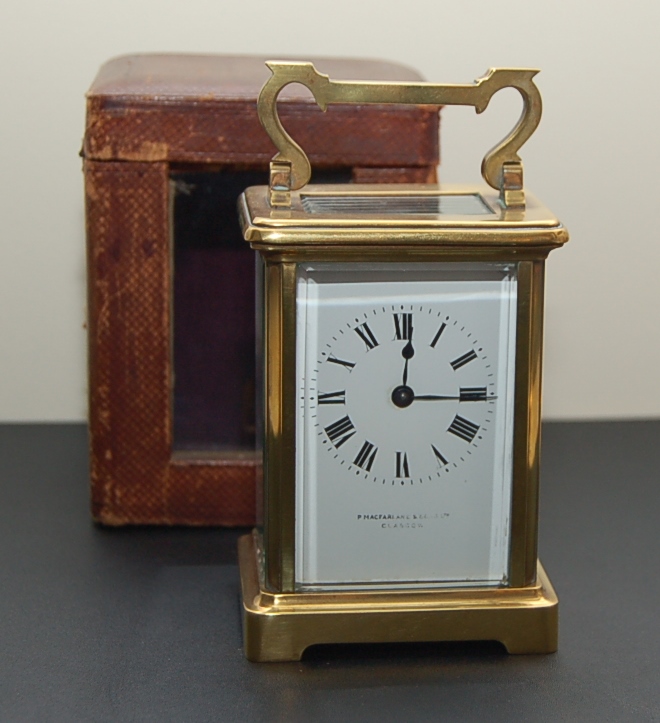In the whirlwind of modern design where less is often more, the aesthetic of contemporary minimalist timepieces can be intriguingly traced back to the unadorned elegance of antique clocks. The trip through time bridges simple grandeur to today’s streamlined designs, showing how historical influences shape our current tastes and technologies.
Antique clocks were more than just a time-telling device, a relic of craftsmanship and simplicity. Take, for example, the age-old carriage clock. Originating in the 19th century, the carriage clock reveals a case with glass panes, housing an extremely uncomplicated dial inside. Such designs emphasised functionality and the beauty of simplicity.

Fast forward to today and you will see the legacy of these antiques in the minimalist movement within horology. Modern clocks often boast clean lines and uncluttered faces, allowing them to blend seamlessly into various interiors while focusing on the fundamental task of marking time. This design philosophy does not strive to dominate a room but rather to complement it.
There’s a certain nostalgia in viewing an antique clock. Its ticking is a whisper from the past, a reminder of the relentless march of time that connects all human experience. Today’s minimalist timepieces echo this sentiment in their subdued way. They remind us to pause and breathe in an increasingly complex world, highlighting that time is still a precious commodity.
In crafting contemporary minimalist clocks, designers have taken a leaf from the book of antique simplicity but adapted it to modern tastes and technologies. Materials like polished metal and matte finishes offer a tactile connection to the sleek, functional aesthetic of earlier times but are employed in ways that meet modern expectations for style and sustainability.
As these timepieces dress up walls and desks, they do more than just tell time. They evoke a bridge between the then and now, between the ornate and the simplified. This influence of antique clocks on modern minimalist designs is not just about looking back nostalgically; it’s about moving forward with intention and reverence for the timeless nature of time itself.
